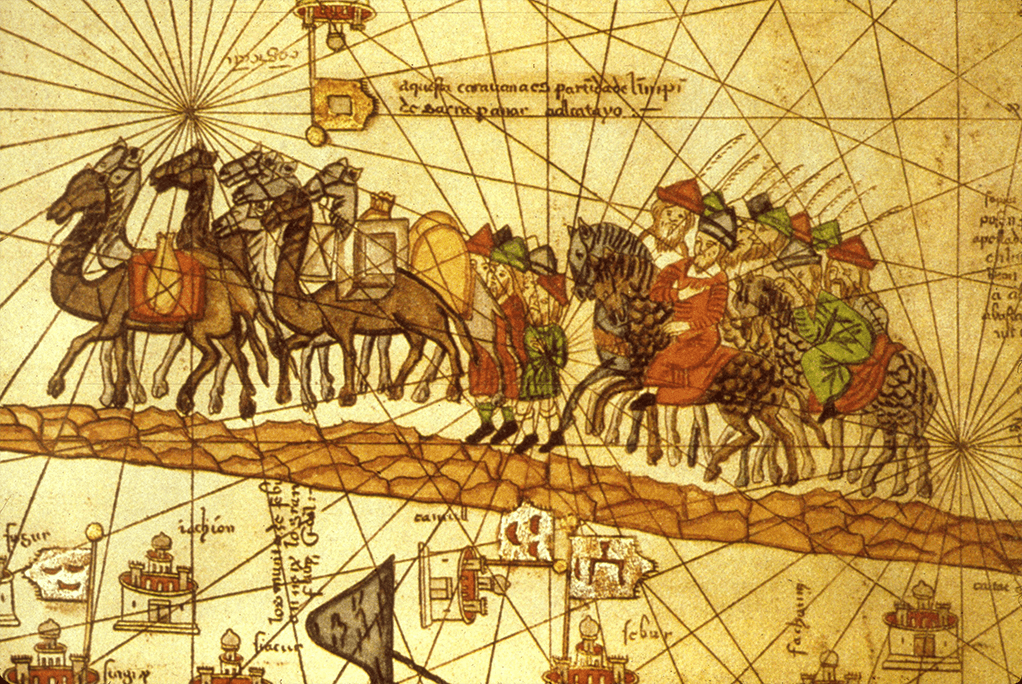The last hand weaving workshop in Italy in the oldest Franciscan church in Perugia, which is a laboratory and museum at the same time. An art workshop, where every single object has a story to tell. Here time is rediscovered, to reveal beauty and then show it, as it is, simple and great.
In the deconsecrated temple of San Francesco delle Donne , the medieval and Renaissance textile tradition of Umbria re-emerges every day from a patient intertwining of history and high craftsmanship, on large wooden looms of the eighteenth and nineteenth centuries .
And among the wide mullioned windows that illuminate the nave, young women still throw the shuttle, as the Benedictine nuns did eight centuries ago.
In 1925 in San Francisco Women settled the ceramics factory “La Salamandra”, famous for its “avant-garde”, which had left, as a sign of its passage, a surprising chimney. The important company, which hosted the best artists in the sector, renovated the church tower and also restored the original roof of the convent. The leitmotif of women’s work characterizes this special place. And so it does not seem accidental that since 1996 the Giuditta Brozzetti laboratory has been following the path started centuries ago by the Benedictine nuns. Visiting the laboratory is like taking a journey through time. The atelier is located in via Berardi 5, in the Porta Sant’Angelo district, within the fourteenth-century walls.







